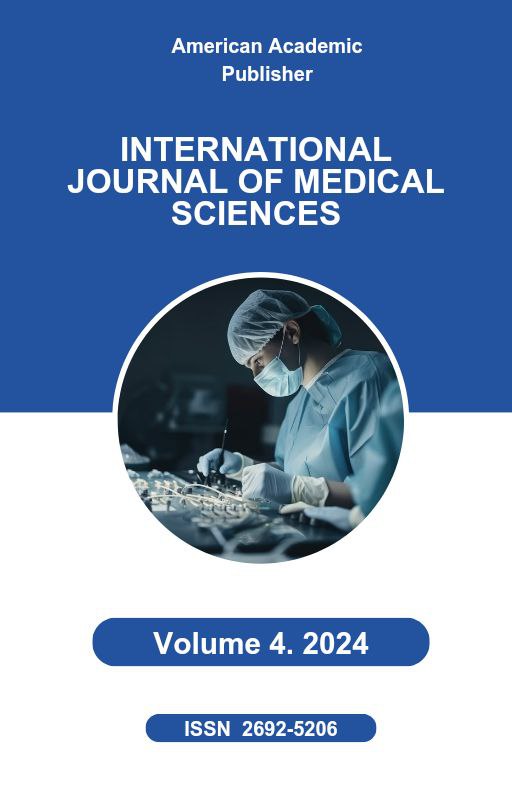 Articles
| Open Access |
https://doi.org/10.55640/
Articles
| Open Access |
https://doi.org/10.55640/
STRUCTURAL AND FUNCTIONAL SIGNIFICANCE OF THE HUMAN LIVER IN ANATOMICAL STUDIES
Karabaev Abdumalik Xamidjanovich , Andijan State Medical Institute, UzbekistanAbstract
The human liver is the largest internal organ and one of the most complex structures in the body, performing essential metabolic, synthetic, and detoxification functions. This article provides an anatomical and functional overview of the liver, emphasizing its structural organization, vascular supply, and clinical relevance. The study integrates classical anatomical descriptions with modern imaging and histological findings to highlight the liver’s role in maintaining homeostasis and its importance in medical education. The results underline that a comprehensive understanding of liver anatomy is crucial for both clinical practice and surgical interventions.
Keywords
liver anatomy, hepatology, vascular system, histology, clinical relevance
References
Moore, K. L., Dalley, A. F., & Agur, A. M. Clinically Oriented Anatomy. Wolters Kluwer, 2018.
Netter, F. H. Atlas of Human Anatomy. Elsevier, 2019.
Standring, S. Gray’s Anatomy: The Anatomical Basis of Clinical Practice. Elsevier, 2021.
Couinaud, C. “Liver Anatomy: Portal (and Suprahepatic) Segmentation.” Clinical Anatomy, 1994.
Rosai, J. Rosai and Ackerman’s Surgical Pathology. Elsevier, 2020.
Sherlock, S., & Dooley, J. Diseases of the Liver and Biliary System. Wiley-Blackwell, 2011.
Article Statistics
Downloads
Copyright License

This work is licensed under a Creative Commons Attribution 4.0 International License.

